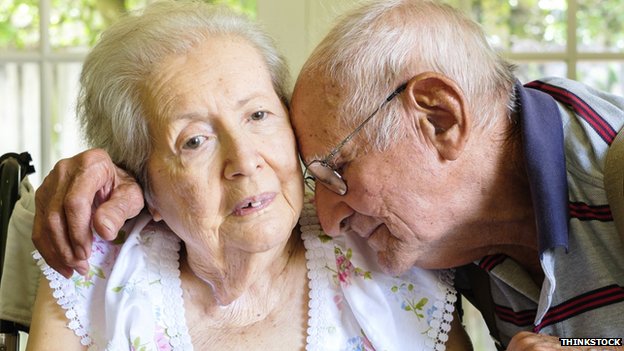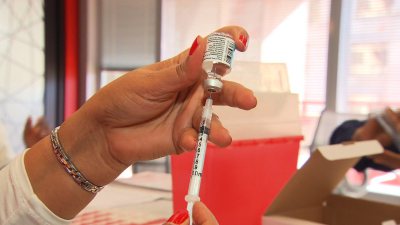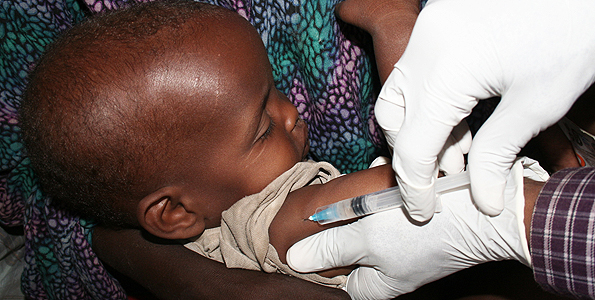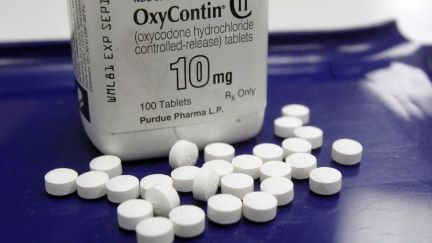A first of its kind toolkit can be used by doctors to help manage menopausal conditions for women globally – from Madras to Manhattan, scientists say. Created at Monash University, the toolkit is designed for general practitioners (GPs) to use with women from the age of 40.
The Practitioner Toolkit for Managing the Menopause includes a diagnostic tool, as well as a compendium of approved hormone therapies. Led by Professor Susan Davis, the research team from the School of Public Health and Preventative Medicine, combined existing research on menopause, diagnostic algorithms and extensive clinical experience to develop the diagnostic tool.
Designed for use in a GP surgery, it also works through a patient’s medical history and risk factors to arrive at the best treatment solution. Davis said the toolkit fills the void of clear guidelines on menopause diagnosis and management, equipping doctors with the fundamentals to care for any woman who walks through the door.
“Based on feedback from patients and doctors we realised there’s widespread confusion, not only in how to determine when menopause starts but also prescribing appropriate treatment to help with side effects,” Davis said. Menopause marks the end of the monthly cycle of menstruation and reproductive years in a woman’s life.
Most women reach menopause between the ages of 45 and 55. Davis said due to hormonal changes, menopausal symptoms, which include hot flushes, anxiety and depression and joint pain, vary widely from none at all to debilitating, making a straightforward diagnosis difficult.
The kit includes a flow chart of standardised questions for doctors to ask, and assess women who are potentially experiencing menopause.
The kit also flags safety concerns, provides a list of all hormone therapies approved by regulators in different countries and lists non-hormonal therapies that have evidence to support their use.
“Hormone therapy is commonly prescribed to women, but its success varies according to symptom type and severity, personal circumstances and medical background,” Davis said.
“This toolkit has the potential to change that because it’s designed to work as just as well for a 41 year old woman in Madras as it will for the 48 year old in Manhattan,” she said. The toolkit can be downloaded for free from the journal Climacteric.
Source: The financial express











